Sunscreen is a critical component of any skincare routine, protecting your skin from the harmful effects of ultraviolet (UV) radiation. However, not all sunscreens are created equal. In recent years, mineral sunscreens have gained popularity, particularly among dermatologists. But why is this the case?
Let's dive into the differences between mineral and chemical sunscreens, and why mineral sunscreens are often the preferred choice for skin health and wellness.
Mineral Sunscreens vs. Chemical Sunscreens
How They Work
Chemical Sunscreens: Chemical sunscreens work by absorbing UV radiation and converting it into heat, which is then released from the skin. They contain organic (carbon-based) compounds such as oxybenzone, avobenzone, and octinoxate. These ingredients penetrate the skin and can sometimes cause allergic reactions or other side effects (Heurung et al., 2014).
Mineral Sunscreens: Mineral sunscreens, also known as physical sunscreens, contain active mineral ingredients like zinc oxide or titanium dioxide. These minerals sit on top of the skin and act as a barrier, reflecting and scattering UV rays away from the skin. This provides immediate protection upon application without the need to be absorbed into the skin (Smijs & Pavel, 2011).
Why Dermatologists Prefer Mineral Sunscreens
|
Safety and Skin Health |
Mineral sunscreens are less likely to cause skin irritation or allergic reactions compared to their chemical counterparts, making them ideal for individuals with sensitive skin, allergies, or conditions such as rosacea and acne. Mineral sunscreens do not penetrate the skin, which reduces the risk of systemic absorption and potential hormonal disruptions (Benson, 2000). |
|
Broad-Spectrum Protection |
Zinc oxide and titanium dioxide provide broad-spectrum protection, effectively blocking both UVA and UVB rays. This comprehensive coverage helps prevent sunburn, premature aging, and skin cancer (Newman et al., 2009). |
|
Environmental Impact |
Chemical sunscreens have been found to have adverse effects on marine life, particularly coral reefs. Oxybenzone and octinoxate can cause coral bleaching and disrupt marine ecosystems. Mineral sunscreens, on the other hand, are more environmentally friendly as they do not contain these harmful chemicals (Barone et al., 2019). |
|
Immediate Efficacy |
Unlike chemical sunscreens, which need about 15-30 minutes to become effective after application, mineral sunscreens provide immediate protection. This makes them more convenient for quick outdoor activities. |
Choosing The Best Mineral Sunscreen
When selecting a mineral sunscreen, look for products that offer broad-spectrum protection and contain non-nano zinc oxide or titanium dioxide to ensure safety and effectiveness. Rejuvaskin's Mineral Facial Sunscreen is an excellent choice. It offers SPF 32 protection with 20% zinc oxide, and includes niacinamide to soothe and improve skin health. This product is not only effective in blocking harmful UV rays but also addresses skin concerns like acne and aging, making it suitable for daily use and various skin types, including sensitive and oily skin.
Conclusion
Mineral sunscreens provide superior protection and safety benefits that make them a preferred choice for many dermatologists. They are effective, gentle on the skin, and environmentally friendly. For those looking to protect their skin without compromising health or the environment, mineral sunscreens like Rejuvaskin's Mineral Facial Sunscreen are an excellent option.
References
- Benson, H. (2000). Assessment and Clinical Implications of Absorption of Sunscreens Across Skin. American Journal of Clinical Dermatology. Link
- Heurung, A., Raju, S. I., & Warshaw, E. (2014). Adverse reactions to sunscreen agents: epidemiology, responsible irritants and allergens, clinical characteristics, and management. Dermatitis. Link
- Newman, M., Stotland, M., & Ellis, J. I. (2009). The safety of nanosized particles in titanium dioxide- and zinc oxide-based sunscreens. Journal of the American Academy of Dermatology. Link
- Smijs, T., & Pavel, S. (2011). Titanium dioxide and zinc oxide nanoparticles in sunscreens: focus on their safety and effectiveness. Nanotechnology, Science and Applications. Link
- Barone, A. N., Hayes, C. E., Kerr, J. J., Lee, R. C., & Flaherty, D. (2019). Acute toxicity testing of TiO2-based vs. oxybenzone-based sunscreens on clownfish (Amphiprion ocellaris). Environmental Science and Pollution Research. Link
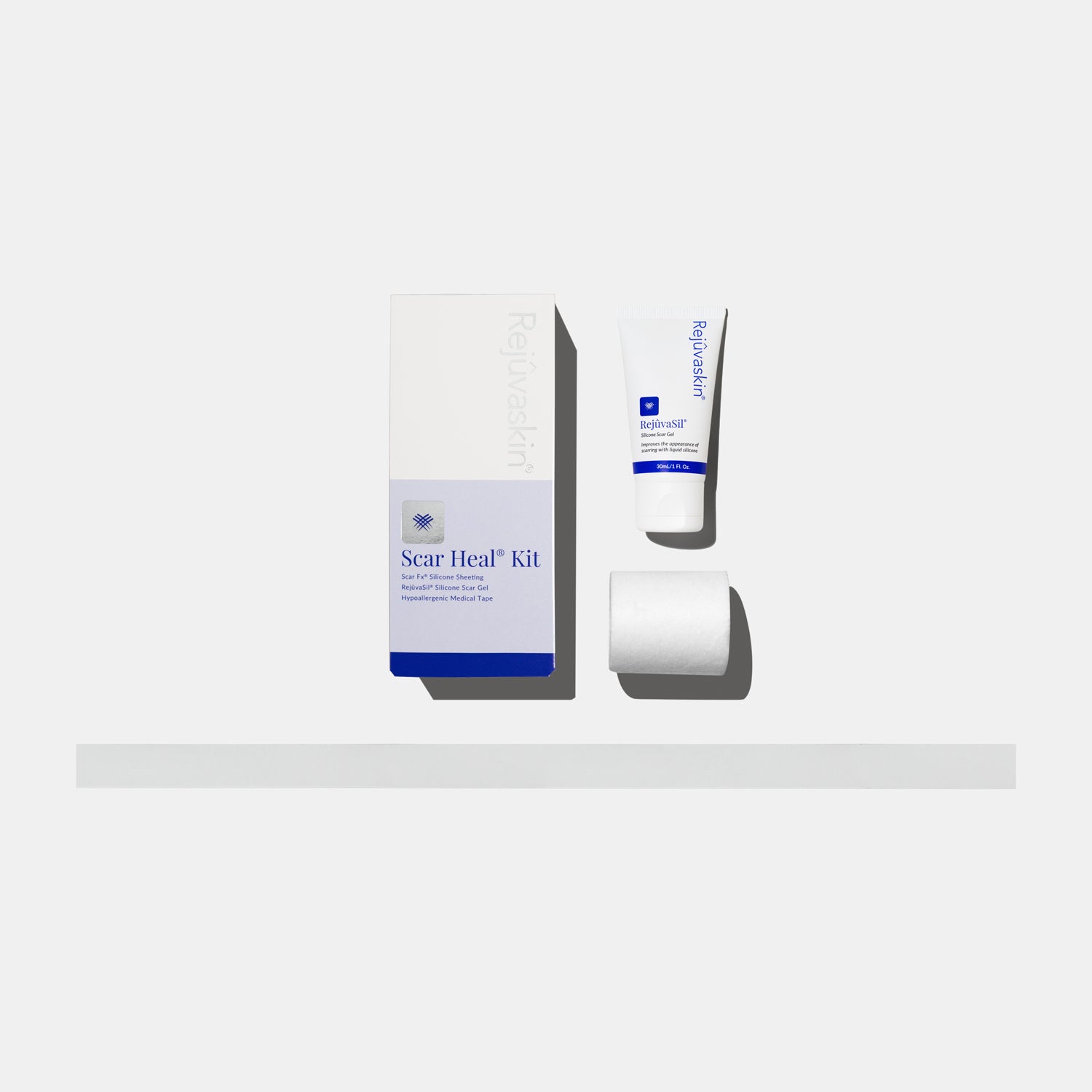


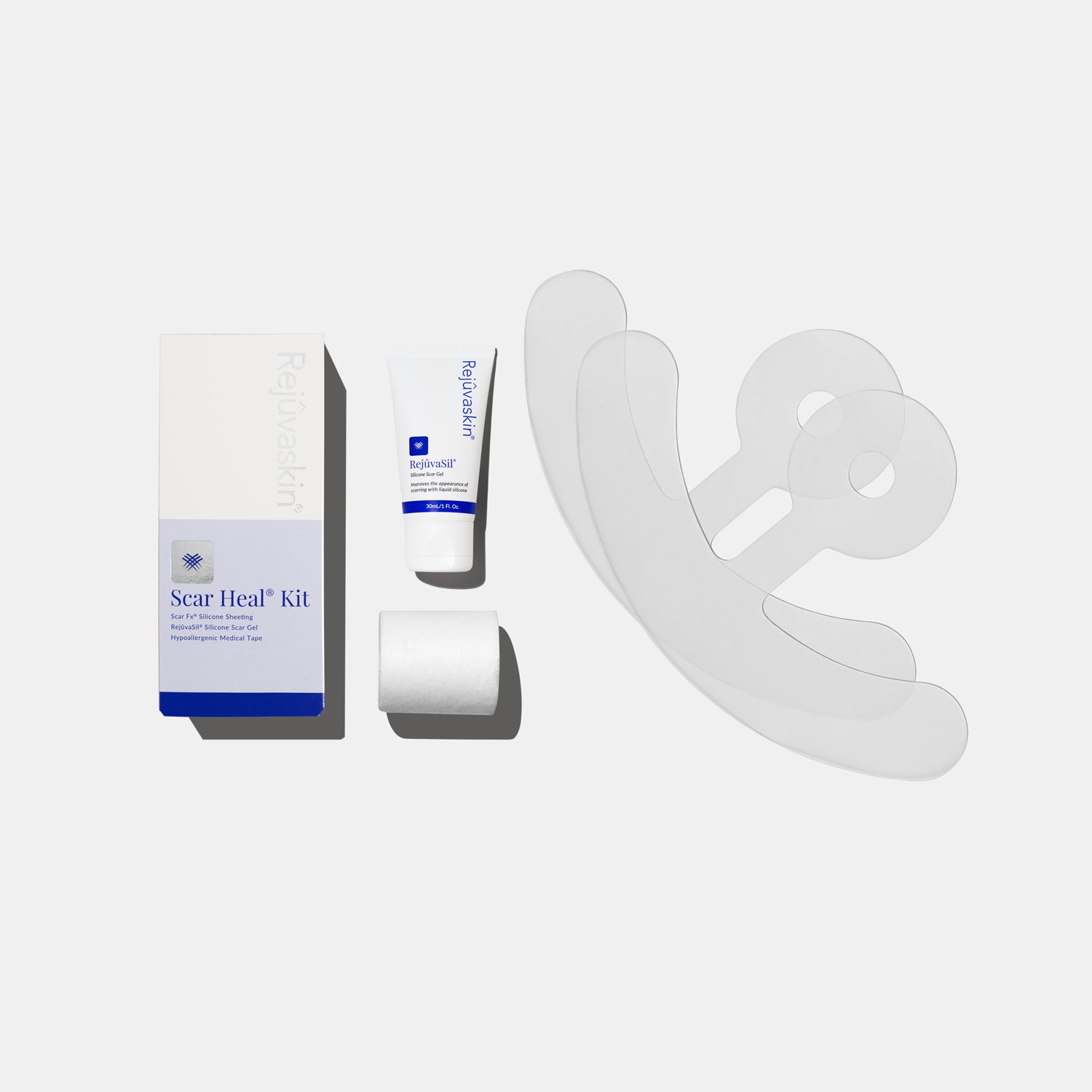
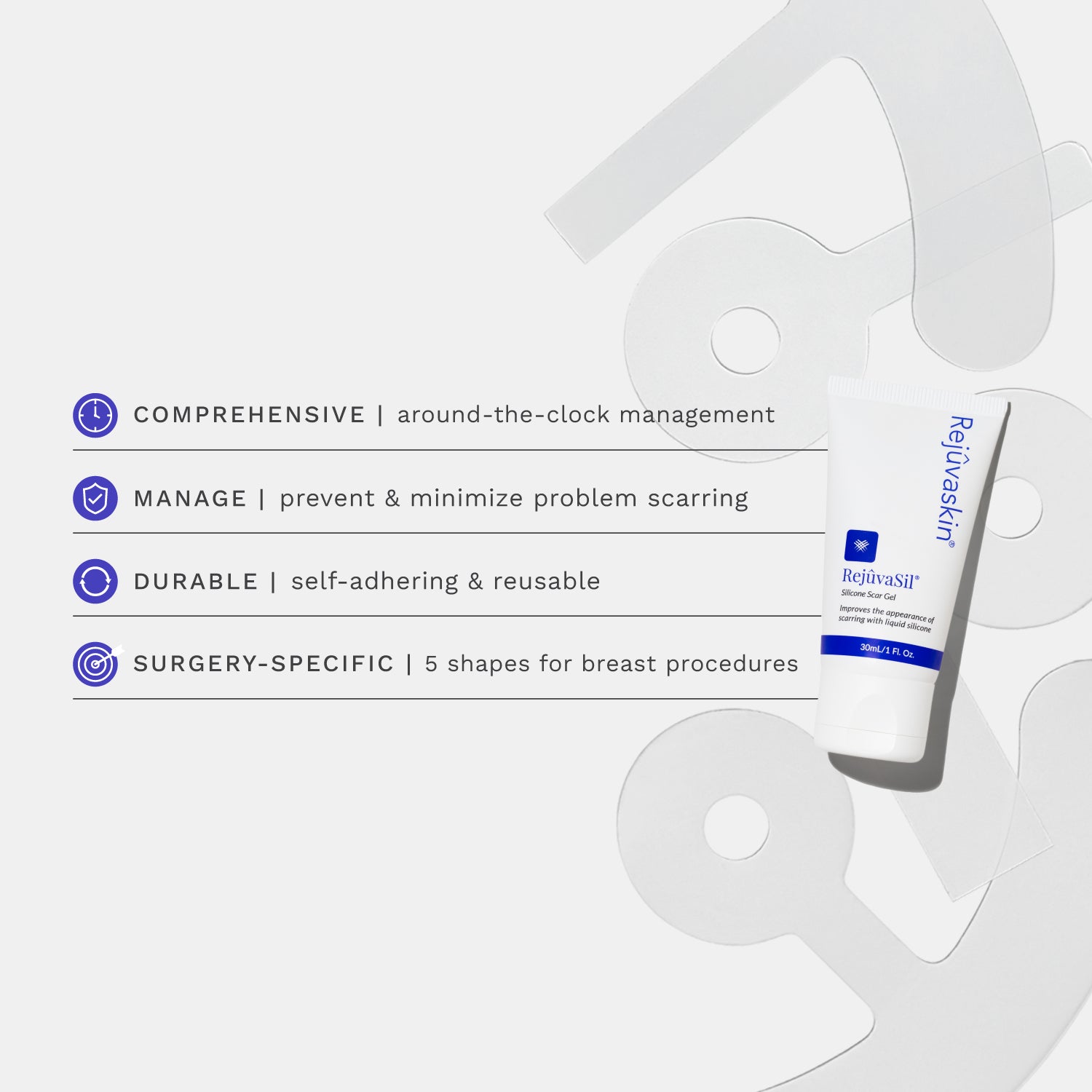
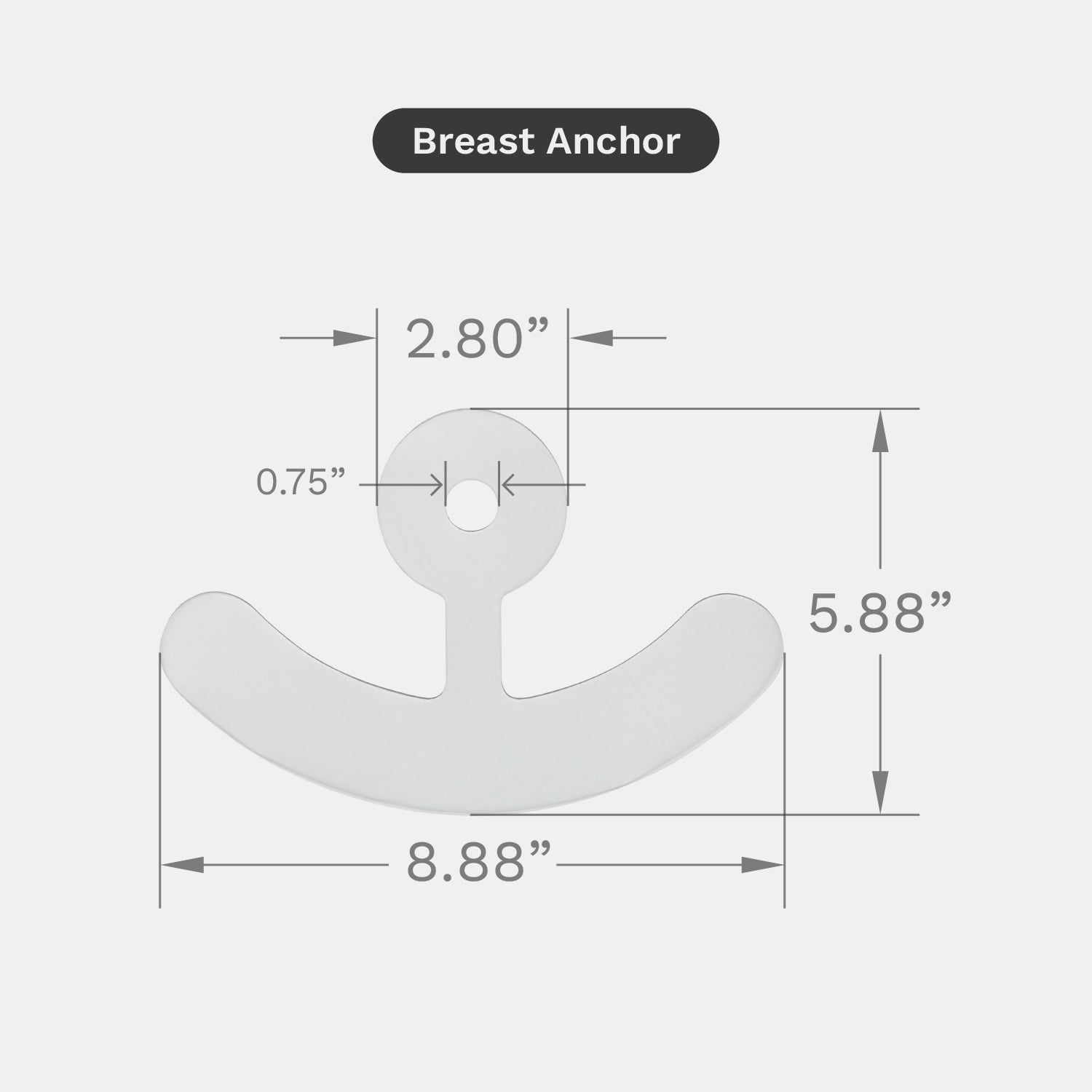
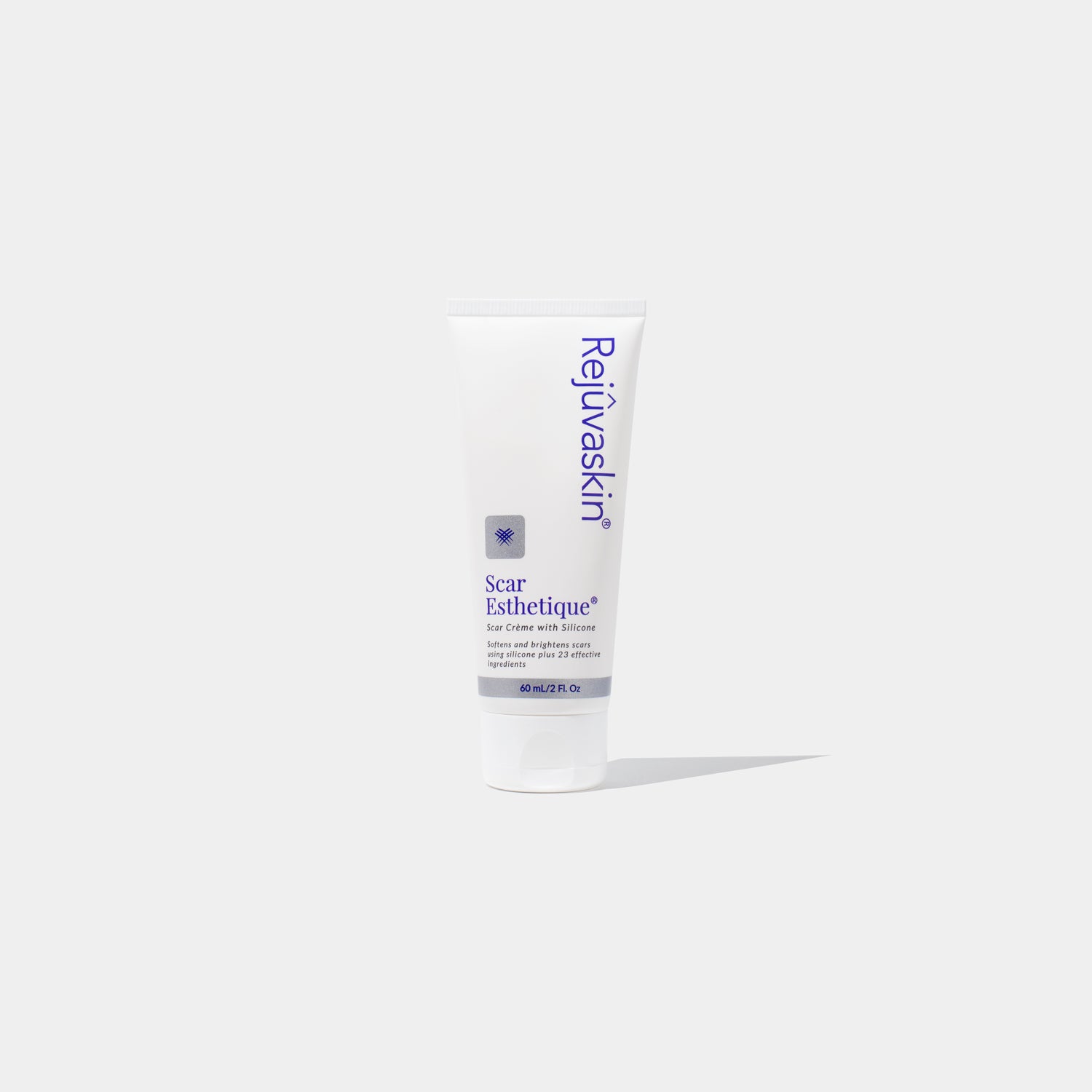
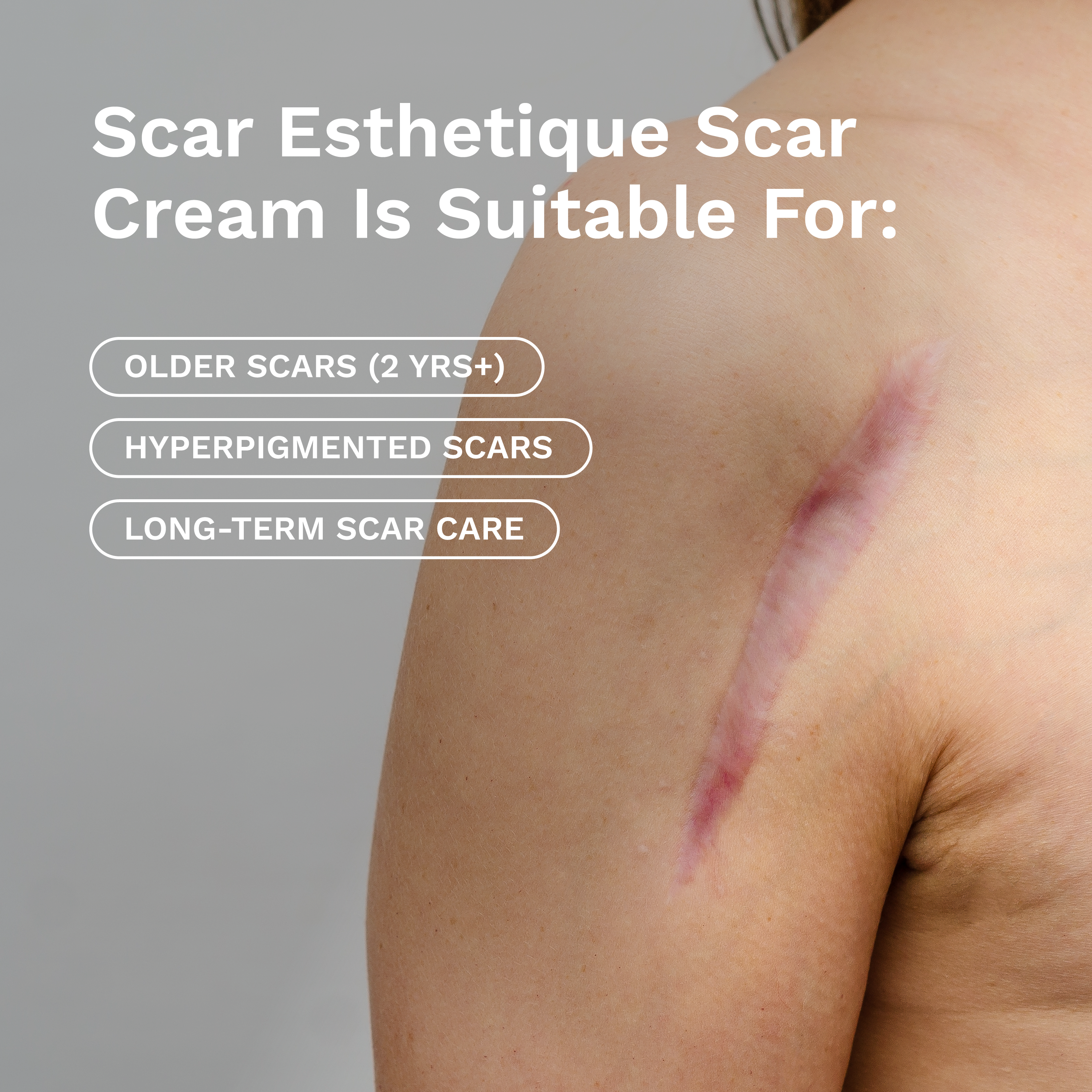








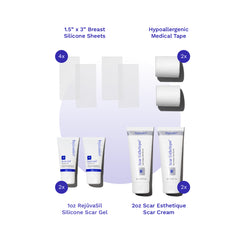
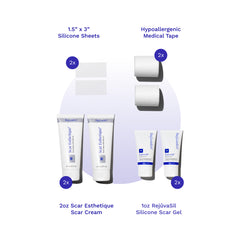

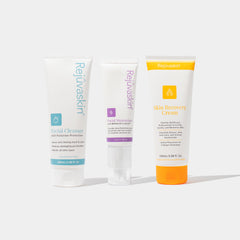
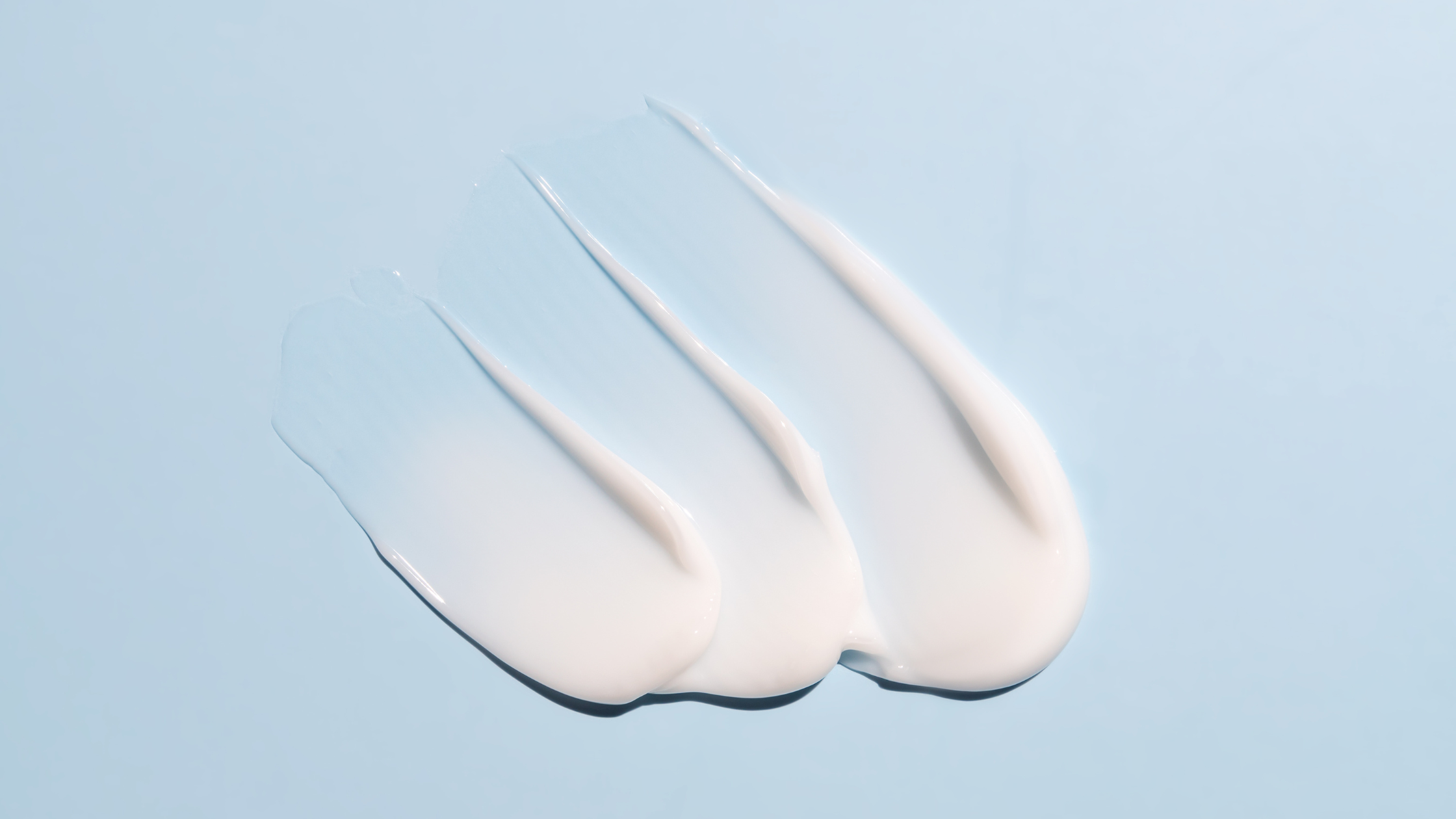
Leave a comment